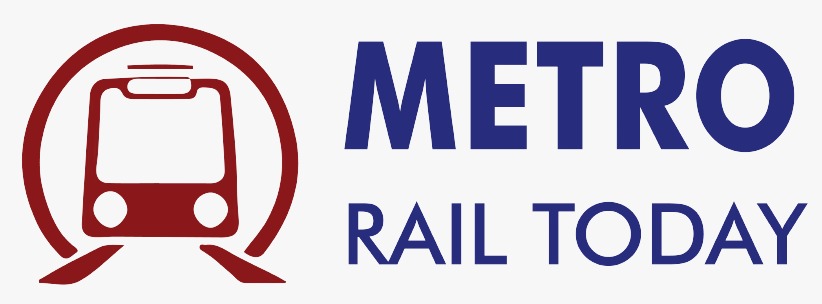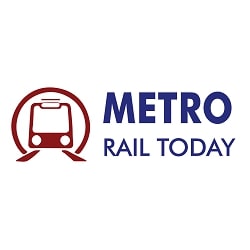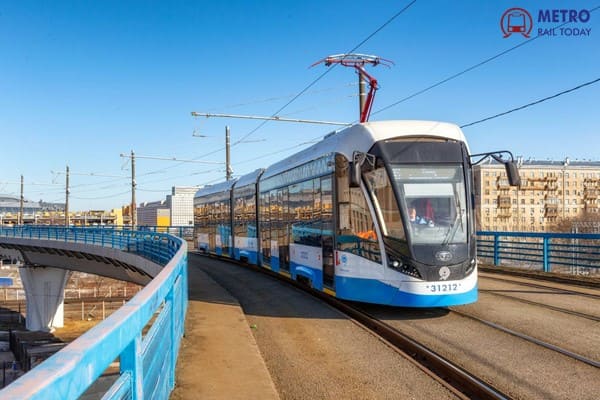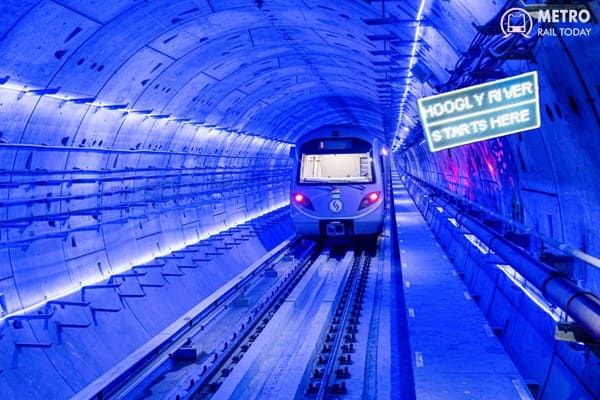 Kolkata Metro Marks 41 Years of Service to the City of Joy
Kolkata Metro Marks 41 Years of Service to the City of Joy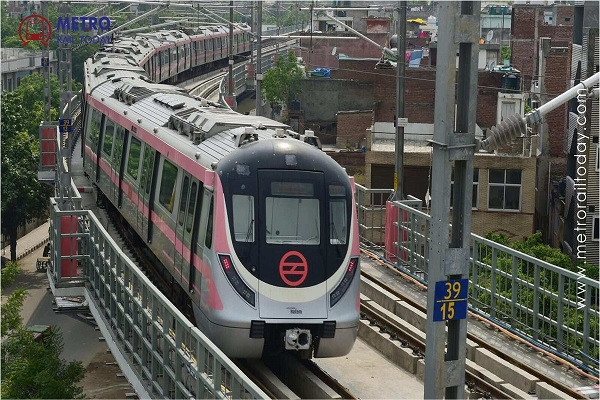 DMRC to introduce Driverless Trains on Delhi Metro Phase 4 Corridors
DMRC to introduce Driverless Trains on Delhi Metro Phase 4 Corridors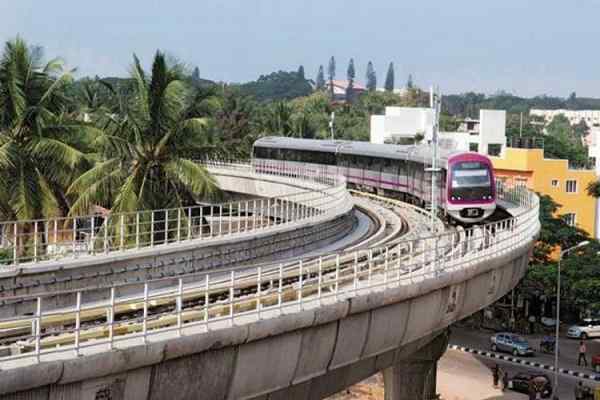 Karnataka proposes Centre of Excellence for Railways and Mobility Innovation
Karnataka proposes Centre of Excellence for Railways and Mobility Innovation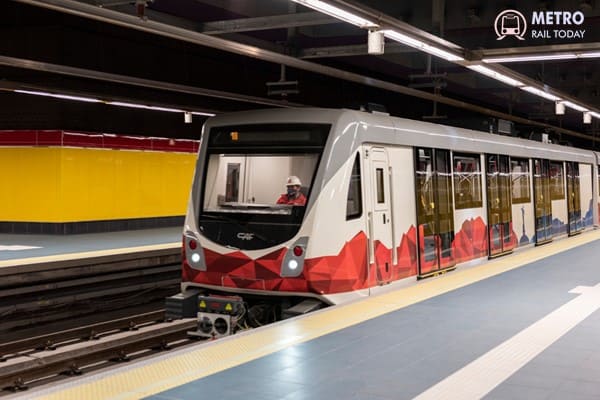 Egypt and Japan approve Greater Cairo Metro Line 4 Project
Egypt and Japan approve Greater Cairo Metro Line 4 Project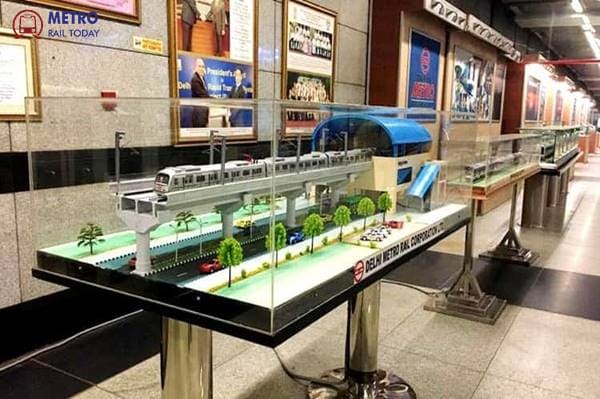 Metro Rail Today continues its legacy as Official Media Partner for 18th Urban Mobility India 2025
Metro Rail Today continues its legacy as Official Media Partner for 18th Urban Mobility India 2025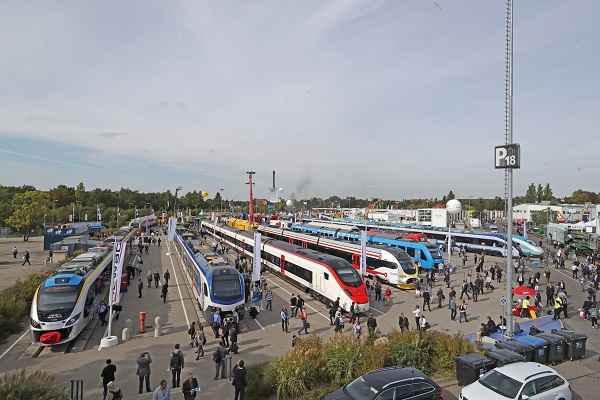 Alstom bags €1.4 billion contract from SNCF Voyageurs to supply 30 Very High Speed Trains
Alstom bags €1.4 billion contract from SNCF Voyageurs to supply 30 Very High Speed Trains Nokia and ST Engineering partner to deploy communications network on Bangkok Metro’s Orange Line
Nokia and ST Engineering partner to deploy communications network on Bangkok Metro’s Orange Line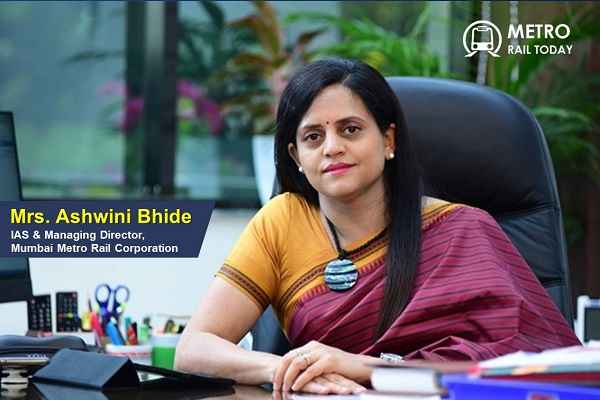 How Mumbai Built Its Deepest Aqua Line Metro Project — And Won the City’s Heart?
How Mumbai Built Its Deepest Aqua Line Metro Project — And Won the City’s Heart?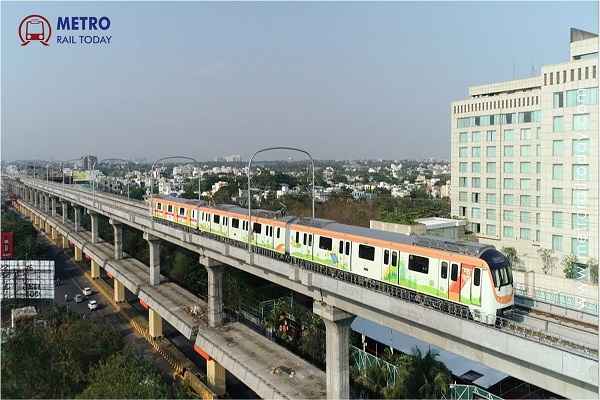 Feasibility Study begins for Sitabuldi–Koradi Metro Corridor under Nagpur Metro Phase 3
Feasibility Study begins for Sitabuldi–Koradi Metro Corridor under Nagpur Metro Phase 3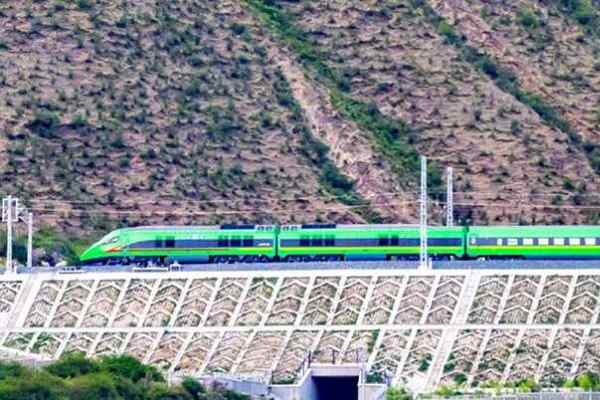 Saudi Arabia’s $7 Billion Land Bridge: Building a High-Speed Future Across the Desert
Saudi Arabia’s $7 Billion Land Bridge: Building a High-Speed Future Across the Desert
Mecca Metro Project: A Transformative Urban Mobility Initiative in Saudi Arabia

The Mecca Metro Project is back on track with its first phase set to cost an impressive $8 billion, marking a major milestone in the Kingdom’s ambitious urban development plans. The French engineering firm Systra has been commissioned to update the feasibility studies for this critical infrastructure initiative, which is designed to transform transportation in Mecca, Saudi Arabia, and support the Kingdom's broader objectives under Vision 2030.
This landmark metro system will not only ease the mobility challenges faced by millions of pilgrims visiting Mecca annually, but also align with Saudi Arabia’s goals of enhancing urban sustainability, reducing traffic congestion, and minimizing carbon emissions. The Mecca Metro, a key component of the country’s urban transformation, is poised to set a global standard for smart, sustainable urban development.
Mecca Metro: A Vision for Efficient and Sustainable Urban Mobility
The Mecca Metro is envisioned as an 18.1 km metro network, initially comprising a single line with 9 operational stations connecting major pilgrimage sites and key areas within the city. The project aims to offer a seamless, efficient transportation system that can handle the heavy traffic volumes associated with Mecca’s influx of religious tourists.
The project is a direct response to the transportation needs of the millions of pilgrims who visit Mecca each year for the Hajj pilgrimage and other religious events. The metro system will provide them with a reliable, fast, and eco-friendly way to travel between key sites, such as Jamarat, Mina, Arafat, and Muzdalifah. By reducing the reliance on cars and buses, the metro will ease traffic congestion, improve air quality, and contribute significantly to the sustainability of the city.
In addition to the first operational phase, four additional metro lines are planned for future development, extending the network by an additional 182 km. These lines will be constructed by the China Railway Construction Corporation and operated by the Mecca Mass Rail Transit Company (MMRTC).
Mecca Metro System: An Overview
- Owner: Saudi Railway Company
- Operator: China Railway Construction Corporation
- Total Planned Network Length: 188 km (18.1 km operational, 182 km planned)
- Operational Network Length: 18.1 km
- Operational Stations: 9
- Operations Started: November 13, 2010
- Rolling Stock: Supplied by Changchun Railway Vehicles
- Track Gauge: Standard Gauge (1,435 mm)
Operational Network: The Al Mashaaer Al Mugaddassah Metro Line
The Al Mashaaer Al Mugaddassah Metro Line, which is currently operational, serves the primary pilgrimage routes, connecting key points in Mecca, including Jamarat (Mina 3), Mina, Muzdalifah, and Arafat. The line stretches across 18.1 km and includes 9 stations:
- Jamarat (Mina 3)
- Mina 2
- Mina 1
- Muzdalifah 3
- Muzdalifah 2
- Muzdalifah 1
- Arafat 3
- Arafat 2
- Arafat 1
These stations serve as crucial transit points for pilgrims traveling between the holy sites during the Hajj pilgrimage and throughout the year.
Proposed Network: Expanding Connectivity Across Mecca
The Mecca Metro's future expansion includes four additional lines aimed at enhancing connectivity across Mecca and surrounding areas. These lines are currently in the planning stage, with contracts not yet awarded as of May 2020. The proposed new lines include:
- Line A: A south-west line connecting central Mecca to southern regions.
- Line B: A connection linking Mina and Mecca.
- Line C: A west-side line, looping to the north of Mecca and connecting major neighborhoods.
- Line D: A circular line that will encircle the entire city of Mecca, ensuring easy access to all parts of the urban area.
These new lines are part of the broader strategy to enhance urban mobility, alleviate congestion, and make Mecca a model for future cities in terms of both efficiency and sustainability.
Mecca Metro: A Cornerstone of Saudi Arabia’s Vision 2030
The Mecca Metro project is a key element in Saudi Arabia's Vision 2030 plan, which aims to diversify the Kingdom's economy, reduce dependency on oil, and invest in infrastructure and innovation. The metro will not only support pilgrims but will also promote sustainable urban growth, creating a world-class public transportation network that will be used by both residents and tourists.
The project is designed to meet the growing transportation demands of a rapidly expanding population, while simultaneously tackling challenges such as traffic congestion and environmental concerns. The integration of advanced metro systems is expected to set a new benchmark for urban mobility worldwide, combining technological innovation, environmental responsibility, and economic efficiency.
A Global Model for the Future
Mecca is well on its way to becoming a global model for future cities. The implementation of the Mecca Metro system, with its commitment to sustainability, smart urban planning, and advanced technology, will undoubtedly serve as an inspiration for other cities seeking to modernize their transportation systems and promote green, efficient urban growth.
In conclusion, the Mecca Metro project represents not just a massive infrastructural undertaking, but also a commitment to creating a smarter, more sustainable future for Mecca and its millions of visitors. With the first phase already underway and the planned expansion set to transform the city’s urban landscape, Mecca is poised to lead the way in the future of urban mobility.
